June the 25th - Glissements
Journal hebdomadaire
Sculpturegarden 2022
N° 2
25.6.2022
powered by
vorstellen.network
Glissement(s)
saisissement,
dans l'instant qui dure
d'où jaillit (comme la joie) le déplacement à part soi, qui vous entraîne parmi les choses et avec les choses
de façon dis-tendue
doucement transie
re-con-figurée
à l'environnement
.
Une indétermination quant à ce
qui
agit/est agi:
attraverso
de l'autre versant
de l'un
à travers sans
sensation, qui ne ressemble à personne
for elena
What was singular, solid and monolithic becomes in collaboration with the soft but strong body, which can vary in tempo and force, in structure and form - another body.
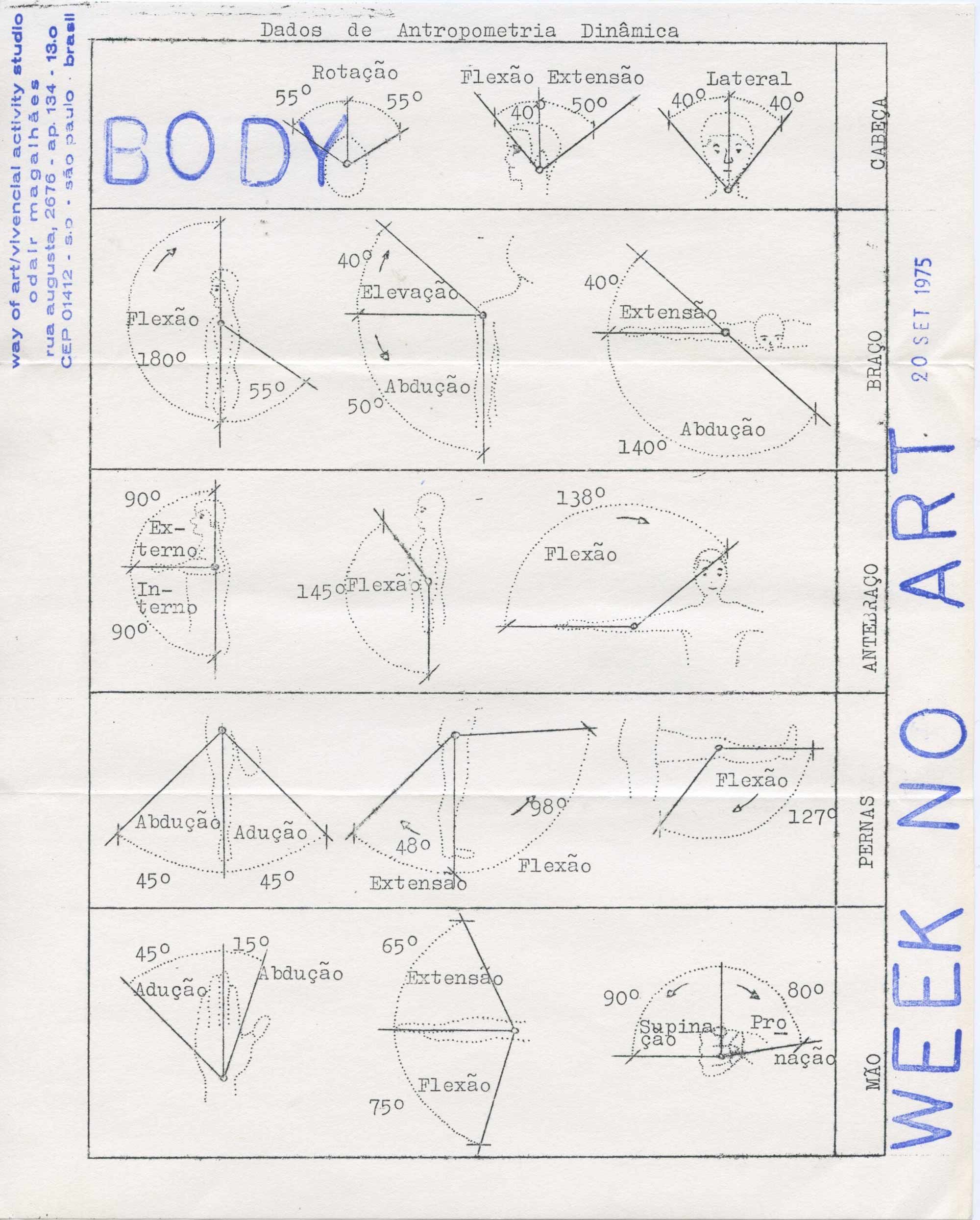
Odair Magalhães
Mail Art to Ruth Wolf-Rehfeldt and Robert Rehfeldt, 1975
printed envelope with handwriting and stamps, print with stamps
11 × 23.5 cm (4 ⅜ × 9 ¼ inches)
26 × 21 cm (10 ¼ × 8 ¼ inches)
The Mail Art Archive of Ruth Wolf-Rehfeldt and Robert Rehfeldt
Julietta Singh: The Body Archive
“There is an archival crisis already looming here, because the body’s surface is ultimately not stable ground upon which to build an archive. While the skin is a visual sign of the body’s exterior limit, the physicist Karen Barad emphasizes how in fact bodies extend into space well beyond the skin. Molecularly, we spread into the “outside“ world, mingling with it in ways that are not apparent to us. Our bodies are porous, as Nancy Tuana reminds us when she calls into question “the boundaries between our flesh and the flesh of the world.“ [Nancy Tuana, “Viscous Porosty“] These feminist formulation of the body insist on our vital entanglements with the outside world, complicating any easy binary demarcations of “inside“ and “outside.“ For better and for worse, we are made up of an outside world which constitutes, nourishes, and poisons us in turns.
[...]
Suddenly I am aware of the body as both archive and archivist – in a crucial sense, it gathers its own materials. Control over the assemblage that I am turns out to be pure fantasy.“
Julietta Singh: No Archive Will Restore You. Punctum Books 2018, p.30-32
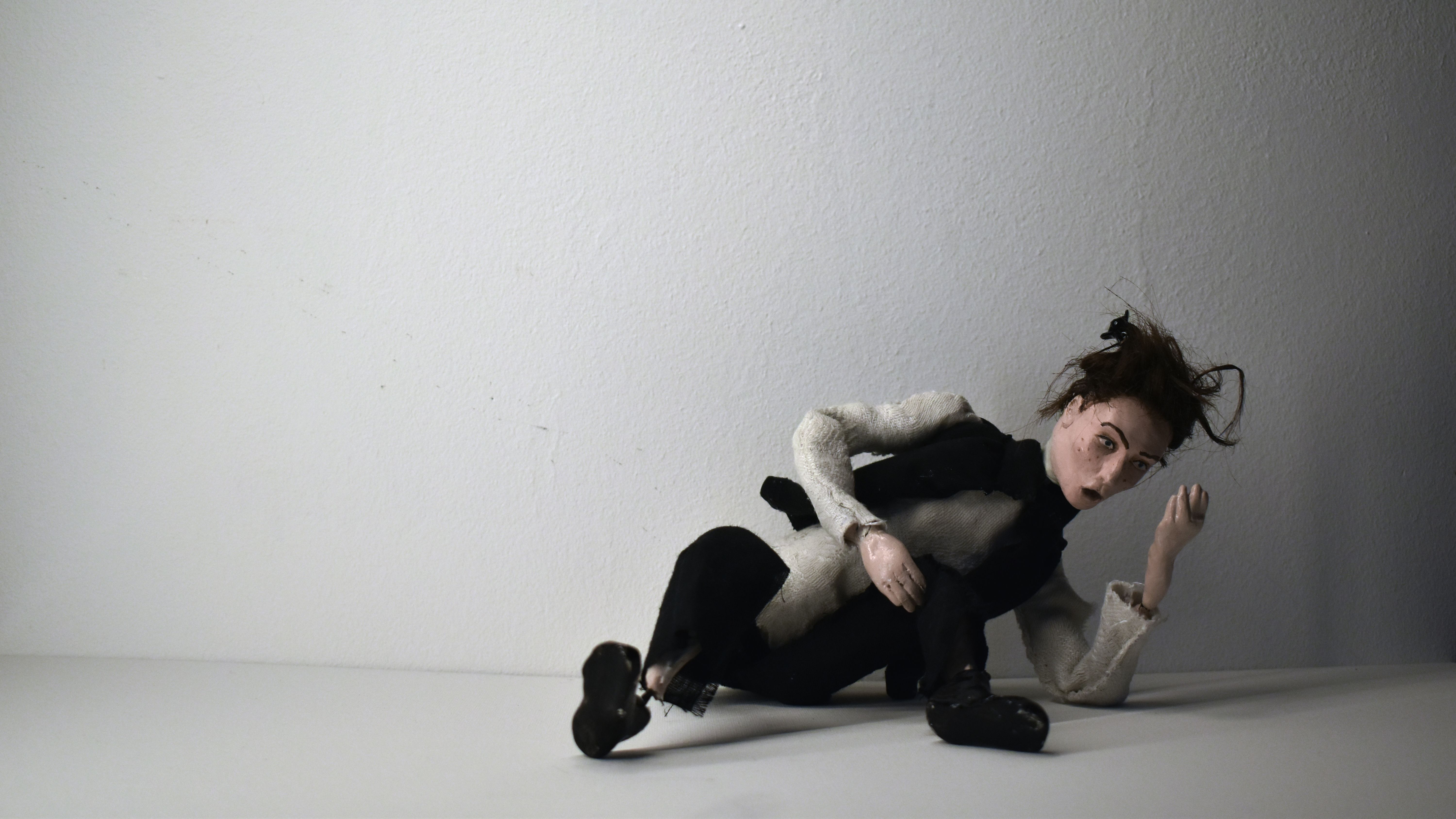
Suck it, Descartes! This woman thinks but she isn't!
I used to read books, I still do, but I used to, too.
Extrait de La poésie n'est pas un luxe, de Audre Lorde :
"Pour les femmes, cependant, la poésie n'est pas un luxe. C'est une nécessité vitale. Elle génère la qualité de la lumière qui éclaire nos espoirs ainsi que nos rêves de survie et de changement, espoirs et rêves d'abord mis en mots, puis en idées, et enfin transformés en action plus tangibles. La poésie est le chemin qui nous aide à formuler ce qui est sans nom, le rendant ainsi envisageable. Les horizons les plus lointains de nos espoirs et de nos peurs sont pavés de nos poèmes, taillés dans le roc des expériences de nos vies quotidiennes.
A mesure que nous apprenons à les connaître et à les accepter, nos émotions ainsi explorées deviennent des terres sacrées et fertiles pour les idées les plus radicales et les plus audacieuses. Elles abritent dès lors cette différence si nécessaire au changement et à l'élaboration de tout action sensée."
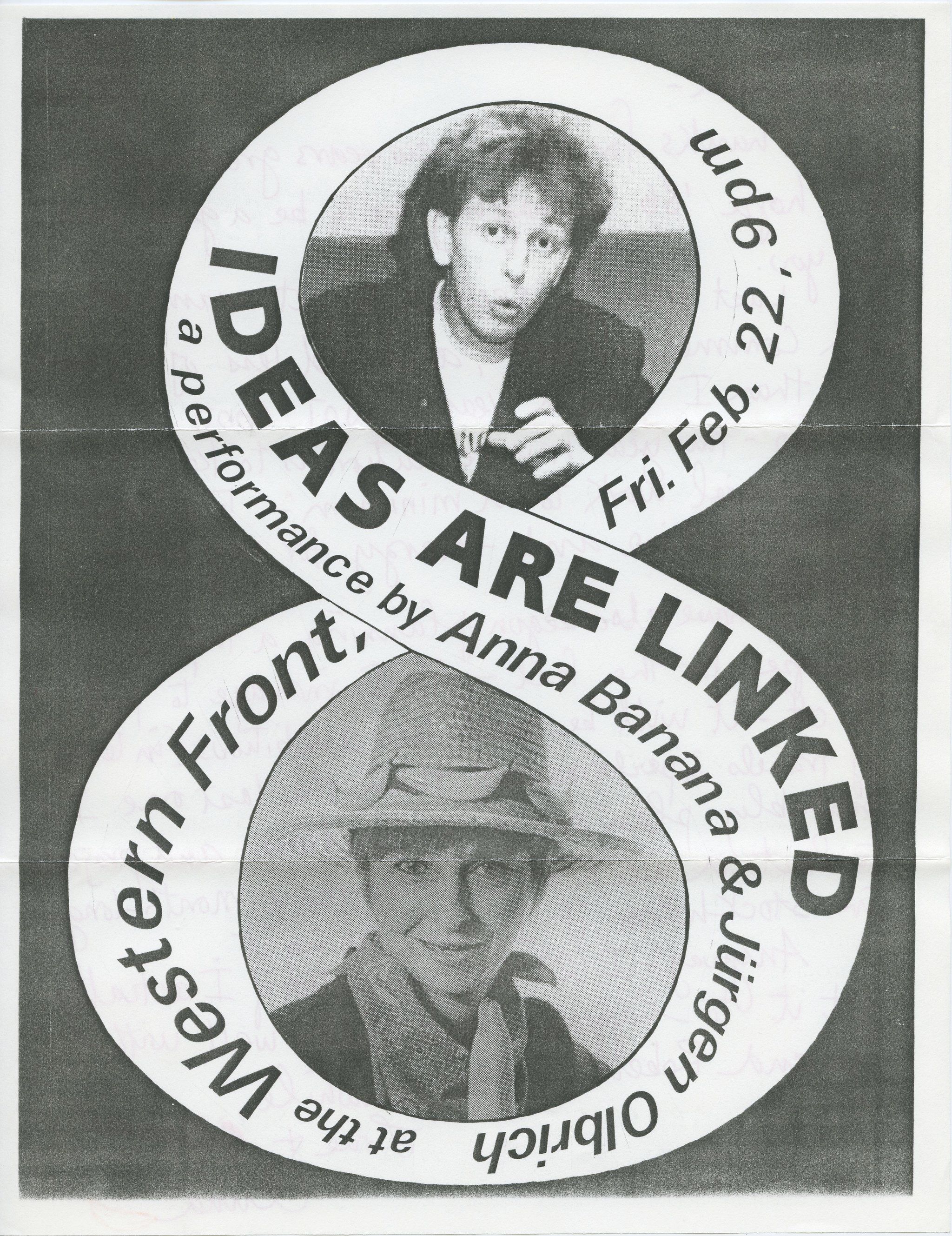
Anna Banana
Mail Art to Ruth Wolf-Rehfeldt, 1986
envelope, handwritten letter, photocopies, postcard
The Mail Art Archive of Ruth Wolf-Rehfeldt and Robert Rehfeldt
"...This is the way I proceed in poetry. I have the need to say something very precise, but I don’t need to say it in a precise way. And I trust that whatever I want to say will come through. That I don’t need to be sequential. I don’t even need to be clear. I have to be clear in my intentions, not in my words..”
(1986, The Non-Worldly World: A Conversation with Etel Adnan. Poetry Flash)
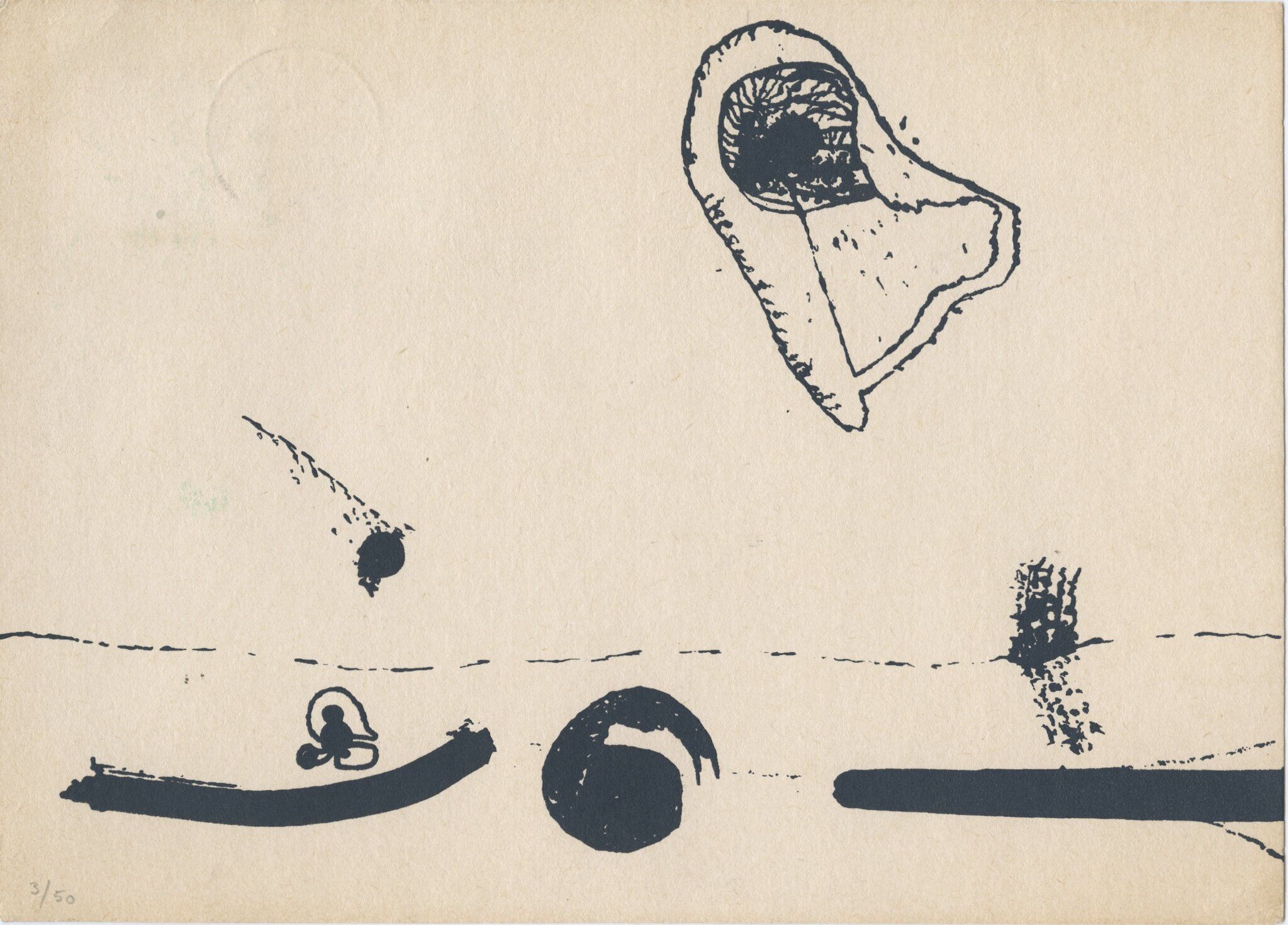
Clara Mosch, Carlfriedrich Claus, Klaus Sobolewski
Mail Art to Robert Rehfeldt, 1979
print as postcard numbered as edition no. 3/50, with handwriting as invitation to an exhibition at Galerie Clara Mosch
15 × 21 cm
The Mail Art Archive of Ruth Wolf-Rehfeldt and Robert Rehfeldt
a pebble or a box
"A pebble or a box simply is where it is and stops where it stops. Living things, by contrast, have their boundaries as part of themselves, as part of the bodies which they are... A body with this kind of boundary structure is not simply divisible into inner and outer; it is, through its relation to its boundary, both directed outo beyond the body that it is and back into it again."
Marjorie Grene
THINK
Time might come into existence when entities relate
or when they scatter apart
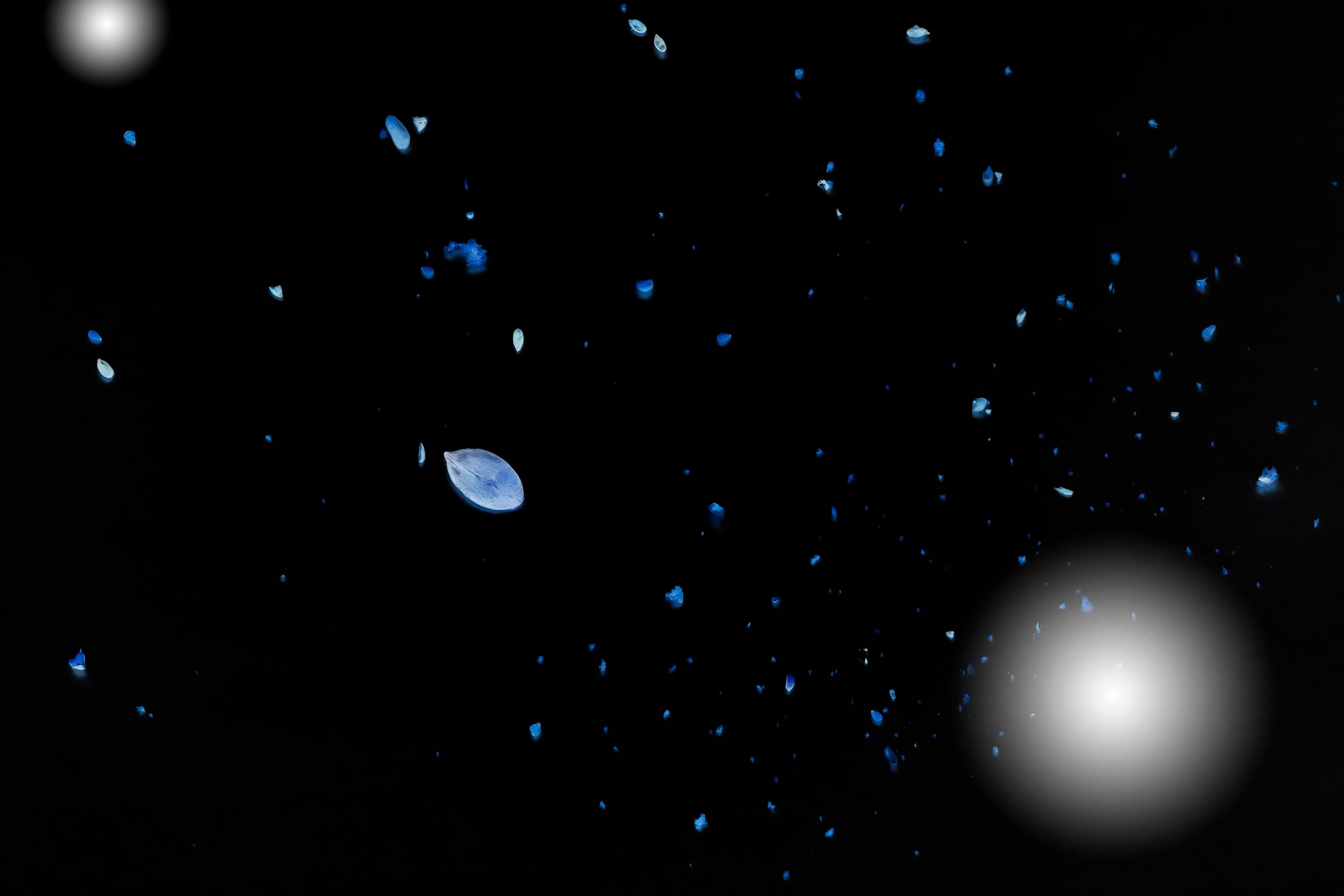
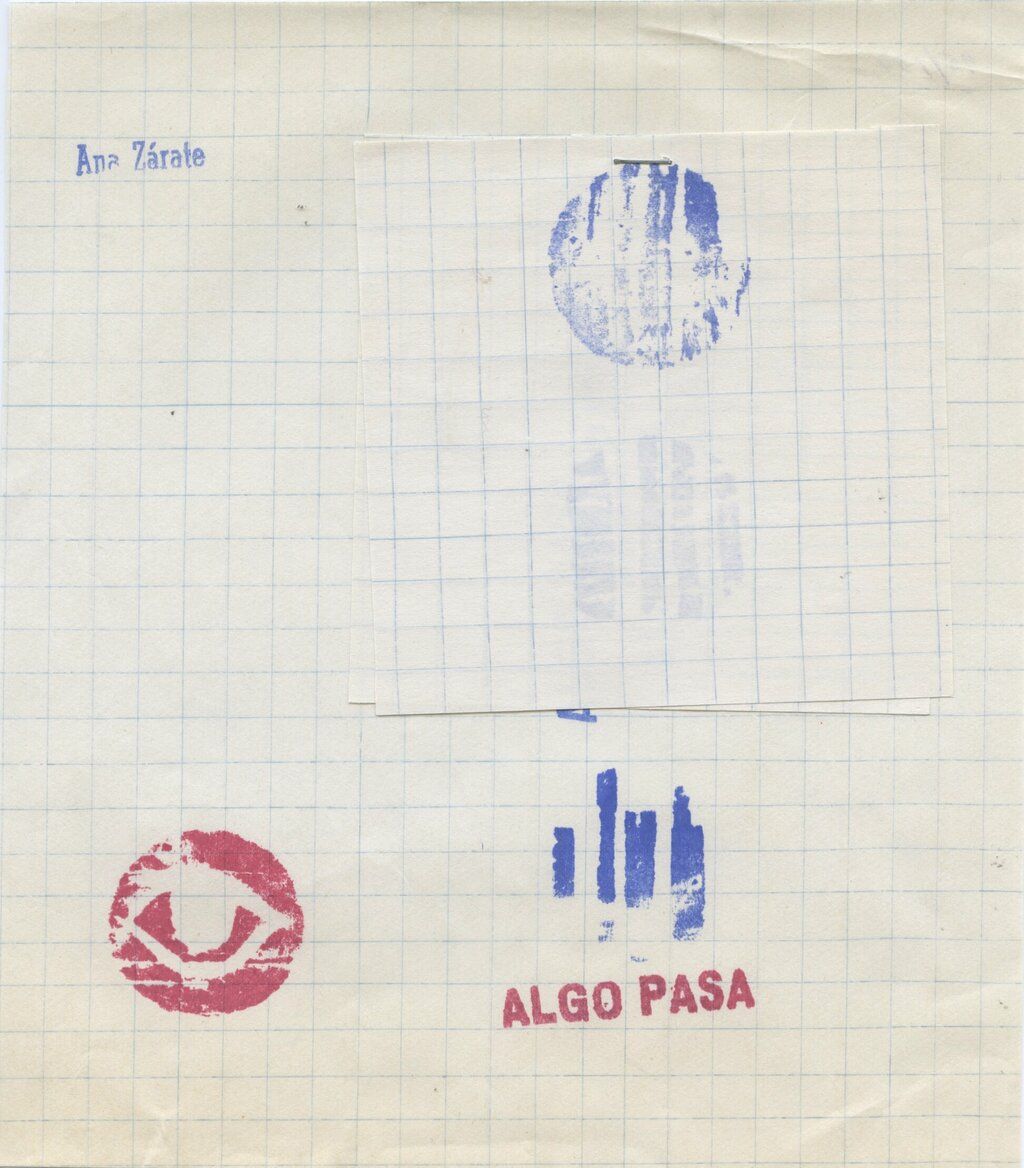
Maria Eugenia Guerra, Manuel Marín, Ana Zárate
Mail Art to Robert Rehfeldt, 1982
envelope with clinched thread, handwriting and stamps, part of an issue of Algo Pasa Dos mail art magazine with collage with stamps by Zárate numbered as edition no. 95/100
The Mail Art Archive of Ruth Wolf-Rehfeldt and Robert Rehfeldt
from form to process
in N. Katherine Hayles, My mother was a computer. Digital Subjects and Literary Texts, The University of Chicago Press, 2005, p.211.
As Brian Massumi argues elegantly in " The Brightness Confound", there is a sense in which the world is not a collection of preexisting objects but a continuous stream of processes. Although we customarily assume that the world preexists the processes, from a perceptual point of view the processes come first, and the objects we take as the world emerge from them. It is precisely this flux, this ongoingness of process from which the world emerges, that the realist in effect erases by privileging the underlying forms as the essential reality.

Dámaso Ogaz
Mail Art to Ruth Wolf-Rehfeldt, 1980
envelope with typewriting, stamps, perforation and stickers, stapled prints as booklet with stamps and transfer picture, collage with stamps and handwriting, print of C(ART)A no. 13
The Mail Art Archive of Ruth Wolf-Rehfeldt and Robert Rehfeldt
SYNCHRONIZED OPERATION
"On its deepest level, planned failure names the synchronized operation, the co-operation, of two affective drives: a love for the world thus a desire for its preservation, and the sense that the world must come to end for the world to have a chance, for property to be dismantled and for shared freedom to be born."
The self-preservation drive is a simple drive, which only consists of a positive; and the type-preservation drive, which must dissolve the old, so that the new comes about, consists of a positive and a negative component. The type preservation drive is in its essence ambivalent; thus the arousal of the positive component at the same time evokes the arousal of the negative component, and vice versa. The self-preservation drive is a “static” drive insofar as it has to protect the already existing individual against foreign influences. The type-preservation drive is a “dynamic” drive, which strives for the transformation,
the “resurrection” of the individual in a new form. No transformation can proceed without destruction of the old state.
From Sabina Spielrein's "Destruction as the Source of Becoming"

Guillermo Deisler
Mail Art to Ruth Wolf-Rehfeldt and Robert Rehfeldt, 1979
collage as postcard with drawing and handwriting
16 × 11 cm
The Mail Art Archive of Ruth Wolf-Rehfeldt and Robert Rehfeldt
Poetry, they say, is a matter of words.
Poetry is a matter of words. Poetry is a stringing together of words into a ripple and jingle and a run of colours. Poetry is an interplay of images. Poetry is the iridescent suggestion of an idea. – Chaos in Poetry, D.H. Lawrence
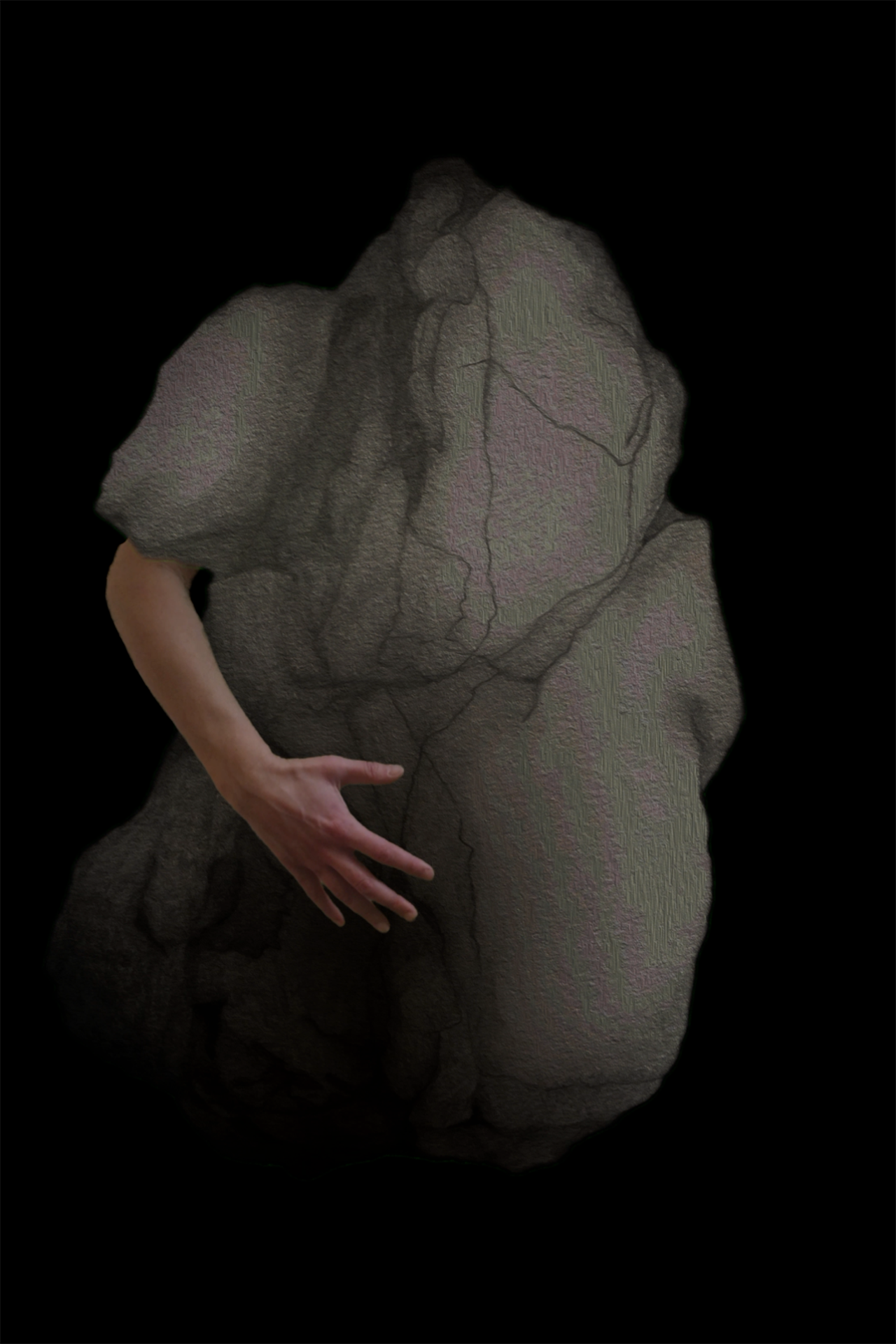
still from 'Erratique' - in collaboration with Nuria Prazak
A body
is what’s around the people [Celine, p. 49].
The skeleton
is wrapped in sausage skin. In this way,
the guts stay inside the four walls of the body [Thomas, p. 50].
You can compare the skeleton
with an umbrella. the skin protects us from the rain [Ingrid, p. 57].
If we did not have our skin,
the soul would loosen and jump out [Julie, p. 57].
The skin is a kind of sleeping bag.
Inside it you can feel warm and safe [Ola, p. 59].
Old Aunties Don’t Lay Eggs, Levengood and Lindell 2001

Karla Sachse
Mail Art, 1981
collage with drawing, stamps and handwriting as greeting card
15 x 10,5 cm
The Mail Art Archive of Ruth Wolf-Rehfeldt and Robert Rehfeldt
Assembled by
Elena Peytchinska
Supported by
Supported by
Pro Helvetia Fondation suisse pour la culture

La Ville de Genève
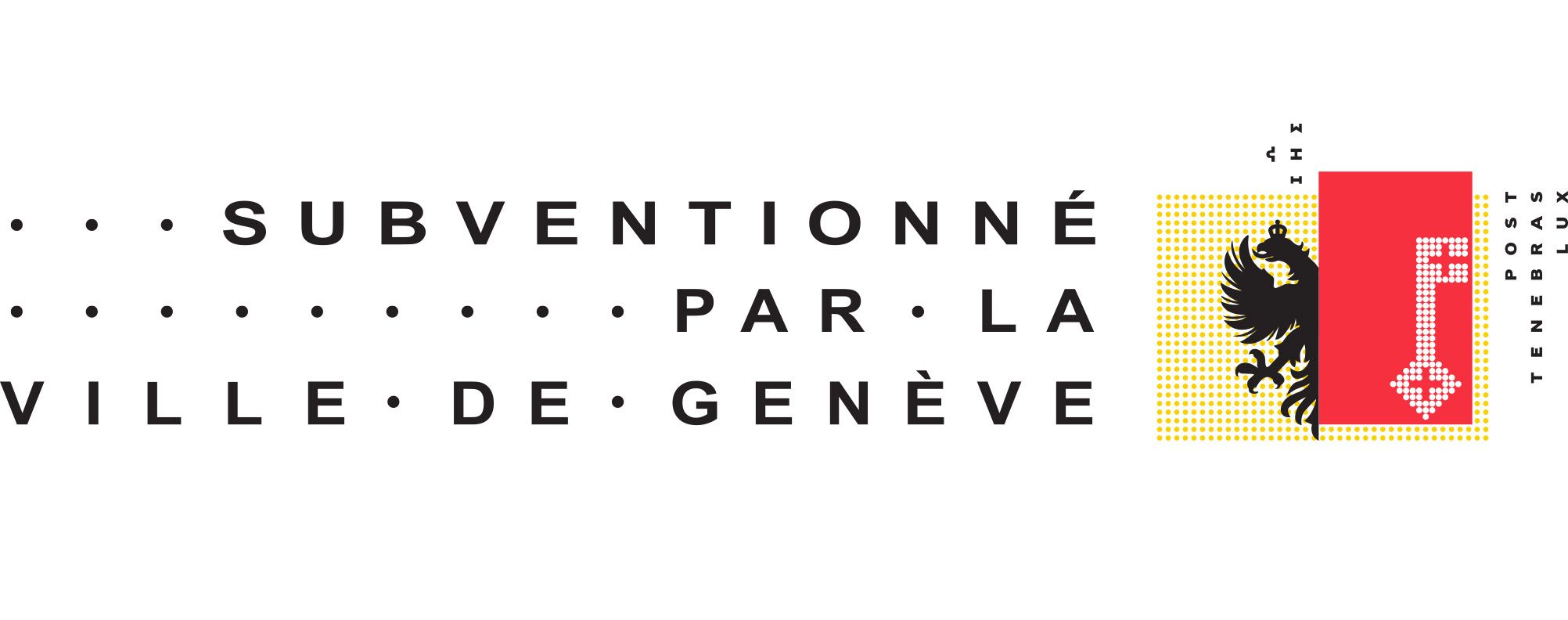
Le Fonds cantonal d'art contemporain, DCS Genève
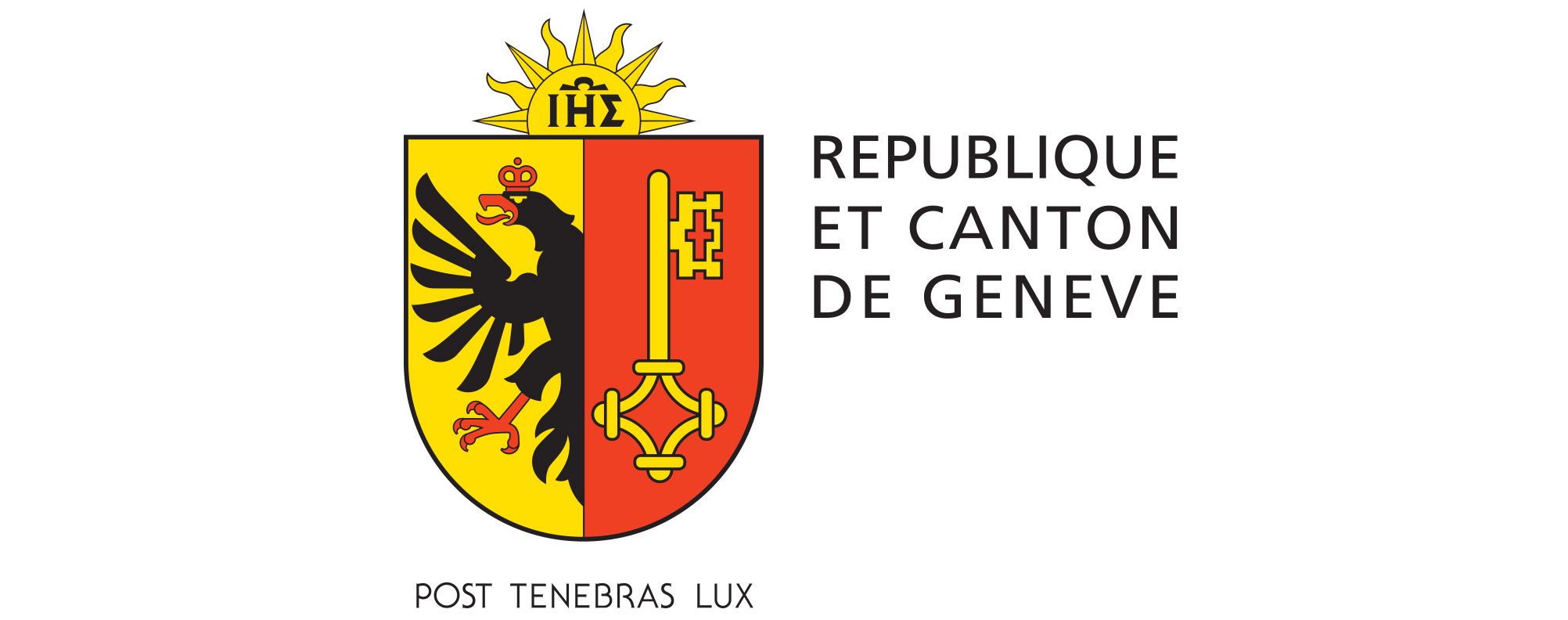
Design by / Printed by
Salome Schmuki/
Matteo Dufour
